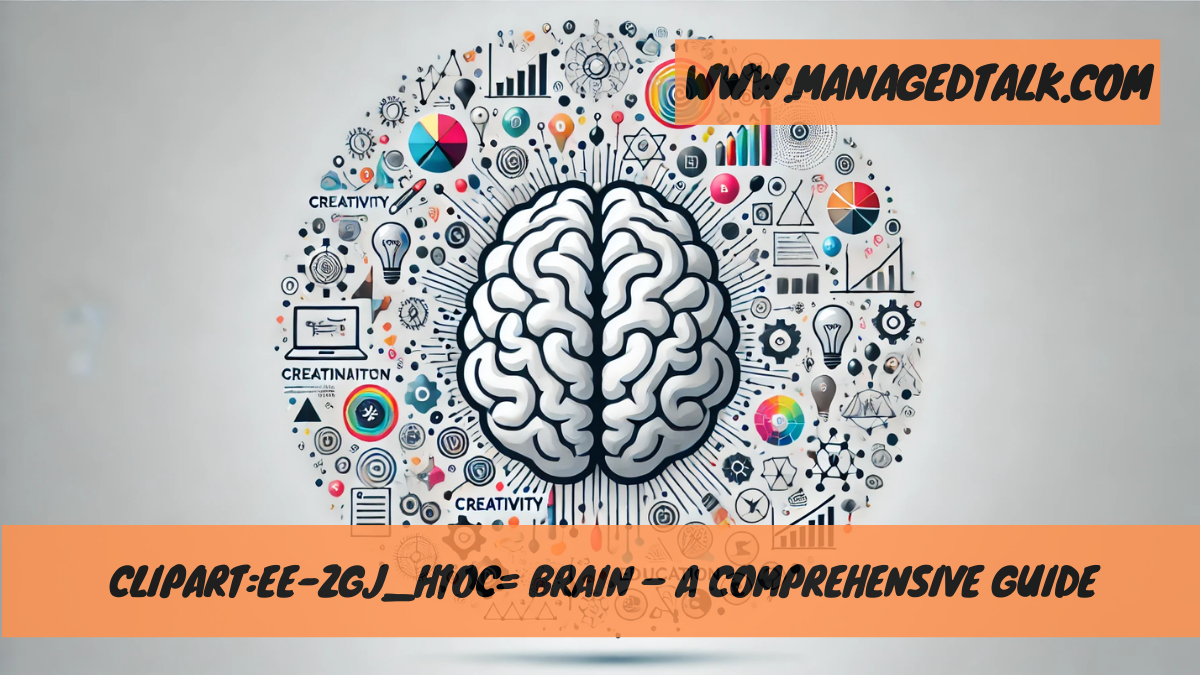Introduction
In a world driven by visual communication, clipart:ee-zgj_h1oc= brain has emerged as an invaluable resource. Whether you’re creating educational materials, delivering a presentation, or designing marketing campaigns, this versatile tool simplifies the process of conveying complex concepts. By combining visual appeal with clear messaging, it empowers users across industries.
Clipart:ee-zgj_h1oc= brain is a versatile visual tool that simplifies complex ideas, enhancing communication, engagement, and creativity across education, presentations, and marketing projects.
This guide explores its applications, benefits, and tips to make the most of it.
What is Clipart:ee-zgj_h1oc= Brain?
Clipart:ee-zgj_h1oc= brain refers to a specific style of visual illustration that portrays a brain with associated graphic elements to represent ideas, creativity, and communication. Its adaptability has made it a go-to choice for individuals and professionals seeking visually compelling tools to communicate effectively.
Why Visual Communication Matters
Visuals account for over 90% of the information processed by the human brain, making tools like clipart:ee-zgj_h1oc= brain crucial for:
- Simplifying Complex Ideas: Visual elements can break down intricate information.
- Enhancing Memory Retention: Audiences remember visual data better than text alone.
- Boosting Engagement: Attractive visuals grab attention more effectively.
Applications of Clipart:ee-zgj_h1oc= Brain
1. Education and Training
Clipart-based brain visuals are widely used in classrooms and training sessions to explain topics such as:
- Neuroanatomy
- Cognitive functions
- Creative thinking processes
Example: A biology teacher can use clipart visuals to show brain anatomy in a way that’s easy for students to grasp.
2. Business Presentations
Businesses employ these visuals to:
- Illustrate innovative ideas.
- Enhance strategy presentations.
- Represent problem-solving processes.
3. Marketing and Branding
Marketers often rely on clipart brain imagery to represent:
- Creativity in campaigns.
- Problem-solving in services.
- Intelligence in products.
4. Healthcare and Wellness
Healthcare professionals use brain visuals in brochures and websites to communicate:
- Neurological conditions.
- Mental health awareness.
- Cognitive therapy benefits.
Benefits of Clipart:ee-zgj_h1oc= Brain
- Universally Recognizable
The brain is a symbol of intelligence, creativity, and thought, making it relatable across demographics. - Customizable Design
Clipart elements can be adapted for any theme, ensuring they meet the specific needs of users. - Enhanced Visual Appeal
These designs combine simplicity with creativity, making them suitable for formal and casual contexts alike.
How to Use Clipart:ee-zgj_h1oc= Brain Effectively
1. Understand Your Audience
Before selecting visuals, determine your audience’s preferences and knowledge level.
2. Keep It Simple
Avoid clutter by selecting clipart elements that complement, not overwhelm, your content.
3. Match Your Brand
Ensure that the clipart style aligns with your brand’s tone and messaging.
4. Incorporate Interactivity
Use animations or interactive visuals for digital formats to enhance engagement.
Where to Find High-Quality Clipart:ee-zgj_h1oc= Brain
Here are a few resources for finding professionally designed brain clipart:
- Stock Image Websites
- Platforms like Shutterstock or Adobe Stock offer a wide range of options.
- Custom Designers
- Commission unique designs tailored to your needs.
- Free Clipart Resources
- Explore sites like Pixabay or OpenClipart for free, copyright-free designs.
Creating Your Own Clipart:ee-zgj_h1oc= Brain
For those looking to design unique visuals, here’s a step-by-step guide:
- Use design software like Adobe Illustrator or Canva.
- Start with a basic brain outline.
- Add elements like icons or patterns to reflect specific themes (e.g., lightbulbs for creativity).
- Apply a color scheme that enhances readability.
FAQs
Q1: What is the best use case for clipart:ee-zgj_h1oc= brain?
A: It’s best for explaining complex ideas visually, such as in education, business presentations, and marketing.
Q2: Can I customize clipart:ee-zgj_h1oc= brain?
A: Yes, most clipart designs are editable, allowing you to adapt them for specific themes or audiences.
Q3: Where can I find free clipart:ee-zgj_h1oc= brain?
A: Websites like Pixabay and OpenClipart offer free, high-quality options.
Q4: How can I ensure the clipart is SEO-friendly?
A: Use descriptive file names, alt text, and ensure the visuals align with your content’s theme.
Future Trends in Visual Communication
With the rise of AI and AR technologies, tools like clipart:ee-zgj_h1oc= brain will evolve into even more interactive and immersive formats. These advancements will further simplify complex communication, enhancing engagement and comprehension.
Conclusion
Clipart:ee-zgj_h1oc= brain is more than just a visual tool—it’s a bridge between complexity and clarity. By harnessing its potential, educators, professionals, and creatives can deliver messages that resonate deeply with their audiences. Whether you’re explaining a concept or promoting a product, incorporating this tool can elevate your communication to new heights.
